FINDING REFUGE FOR REFUGEES
Mary Helen O’Connor oversees community engagement as deputy director of the Prevention Research Center at Georgia State. Photo by Aterm Nazarov.
Written by Jen A. Miller
Clarkston, Ga., is one of the most culturally diverse cities in America. This one square mile, sometimes called the “Ellis Island of the South,” is home to people from 40 countries, speaking 60 different languages.
That has made Clarkston’s COVID-19 vaccination campaign especially challenging, despite being “seven miles down the road from the Centers for Disease Control and Prevention,” said Mary Helen O’Connor, deputy director of the Prevention Research Center (PRC) at Georgia State University, a joint program between the School of Public Health and Perimeter College.
The PRC has taken on that challenge with remarkable results. Through a mix of translating COVID education materials, hiring trusted community members to combat vaccine misinformation, running vaccine sites in easy to access locations and working directly with community groups and schools, 66.5 percent of Clarkston residents were fully vaccinated by May 2022. That’s the highest vaccination rate in Georgia compared to other areas with the same Social Vulnerability Index, which determines relative social vulnerability using social economic status, household composition, minority status and language and English proficiency. By September, that number had crossed 70 percent.
“Many residents in Clarkston work in poultry plants. They’re frontline workers. They live in high density apartment complexes. They were among the most susceptible group to contract and suffer from COVID. We got to work,” O’Connor said. “A tiny bit of federal money invested into an academic community partnership did an amazing thing.”
Over 250 participants, including Clarkston residents, community organizations and leaders attended the Clarkston Summit 2022 at Georgia State’s Clarkston Campus, where they had access to services information and vaccinations. Photos courtesy of Mary Helen O’Connor.
Turning a public health research program into a COVID vaccine response
The PRC was established in 2019 and is one of 26 such academic research centers nationwide that study how communities can avoid or reduce the risks of chronic illness. The leadership team started with a range of programs to directly impact public health, including community needs analysis, cultural responsivity training, women’s preventive health, adapting parenting programs for refugee populations, dental needs analysis and creating health information toolkits.
“When COVID hit, the community quickly recognized the PRC as a valuable public health asset to support COVID work,” O’Connor said.
That initially included handing out 20,000 kits of PPE (personal protective equipment including masks and hand sanitizer) door to door, along with translated instructions for social distancing and translated health education materials around COVID testing and protective measures into different languages — including for use in schools.
But communication and messaging to such a diverse population remained a challenge.
“We didn’t know how to communicate in a community where so many languages are spoken, and they may not be able to read or write in that language,” said O’Connor.
The PRC was initially funded by a $3.75 million grant over five years from the Centers for Disease Control (CDC). They were awarded an additional one-year grant of $500,000 through a “Vaccine Confidence Network.” Some of the funds were used to hire five COVID Ambassadors, trusted community members from different immigrant, migrant and refugee groups, who worked to bridge the gap between health officials and different immigrant, refugee and migrant groups within Clarkston.
“I got the nickname COVID lady,” said Selar Shwani, who served a PRC community ambassador and Kurdish translator at the time. “At first, people were hesitant, but I went back out to the community every day so they were familiar with my face.”
Shwani said she never led conversations with COVID. Instead, she asked residents how they’re doing or if there’s anything she could help them with. That kind of outreach, along with persistence, helped build trust enough that community members felt comfortable asking Shwani questions, which also allowed her address misinformation.
“I didn’t give up, even though I’d been cursed at, and people ran after me, yelling at me that I don’t believe in God,” she said. “No matter what I’d been through, I didn’t give up and I will never give up.”
The hiring of COVID Ambassadors was key to the vaccination campaign’s success, said Ashli A. Owen-Smith, associate professor of health policy and behavioral sciences at Georgia State’s School of Public Health.
“They made a difference in increasing vaccine confidence using a ‘boots on the ground’ strategy,” Owen-Smith said.
So did holding vaccination drives in places the community already gathered, including in churches, mosques, on Georgia State’s Perimeter campus in Clarkston, and other walkable spots, like in the parking lots of ethnic grocery stores.
“Bringing the vaccines to the people — as opposed to expecting people to travel to get the vaccines — is so important,” said Owen-Smith. “Having vaccine events in the community where people are already gathering is absolutely a prerequisite for success.”
Clarkston, Ga., is one of the most culturally diverse cities in the U.S. This one square mile is often called the “Ellis Island of the South.” It is home to people from 40 countries, speaking 60 different languages. Photo by Meg Buscema.
Vaccinating students — and their families — in places they know and trust
In addition to hiring COVID Ambassadors, the PRC partnered with the DeKalb Board of Health, which also provided funding, along with the Community Organized Relief Effort (CORE) and the International Rescue Committee, who provided vaccines, and Clarkston’s Indian Creek Elementary, Jolly Elementary, and the International Community School to administer more than 1,300 COVID vaccines.
“They became the perfect place for vaccine clinics because schools are social engines in communities that lack resources,” O’Connor said.
Before the events, Indian Creek Elementary School and the PRC hosted multilingual webinars with pediatricians and parents to talk about how the spread of COVID impacted children, said principal Stephanie Brown-Bryant.
“We want to keep our schools open, so we answered all of the really good questions our parents presented,” she said.
It made a big difference, she added.
“There was so much fear,” Brown-Bryant said. “Before the PRC became involved, I didn’t think that we would not only keep our school healthy but also gain trust and confidence about COVID.”
These efforts all lead into vaccination events, which were held on Saturdays, with a “Be a Superhero” theme. Brown-Bryant dressed up as Super Woman. Kids were given buttons that said they had superpowers because they were vaccinated. But it wasn’t just kids who got vaccinated — anyone else living in the same household as a student could get vaccinated. The local government also provided a $100 gift card incentive to anyone age five or up who got a vaccine.
The PRC also went a step further with their Congolese population, who O’Connor said was the most hesitant about the vaccine. They even flew in a Congolese pastor to talk to residents and gave away diapers as incentives for vaccination. The result? About 70 Congolese residents were vaccinated.
“We didn’t think we would give one shot. It takes trusted people, not an ad campaign,” said O’Connor. “From COVID, we learned that health disparities have to be addressed by trusted people who can help connect communities.”
That work continues. In September, they rolled out a new “Get Your Vaccine Today” effort featuring messages on bus shelters that spotlight community leaders (including Brown-Bryant) and personalized messages, translated into Arabic, Amharic, Burmese, Dari, Pashto, Somali, Spanish, Swahili and Tigrinya, based on the location of the advertisement and what language is most spoken in that area.
The PRC is still conducting research on their COVID and vaccine work so that they can publish and share what worked, and what hasn’t. Teams are also still working with the community to ask what residents need most now. Most recently, O’Connor says, that has been focusing on mental health, and the toll that multiple stressors—like the pandemic and gun violence — have taken on the Clarkston community.
“We’re going to have to unpack that among a wide range of cultures who conceptualize mental health in very different ways,” she said.
Photo by Meg Buscema.


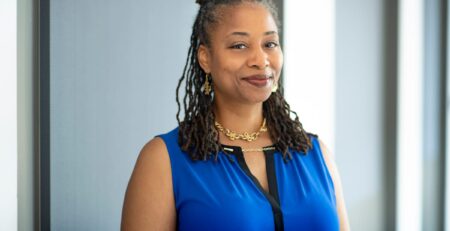
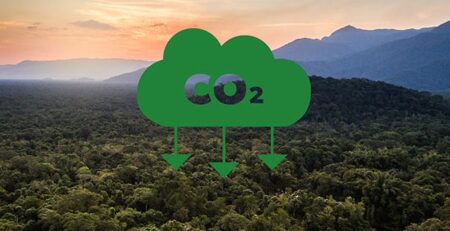
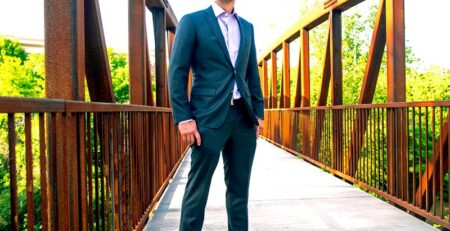
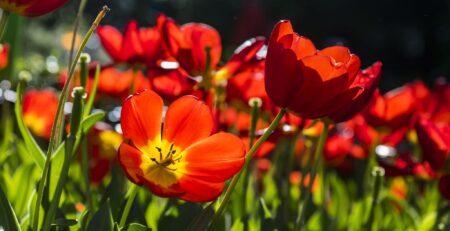
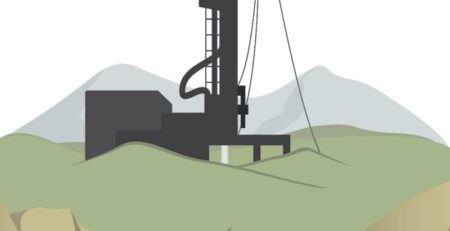
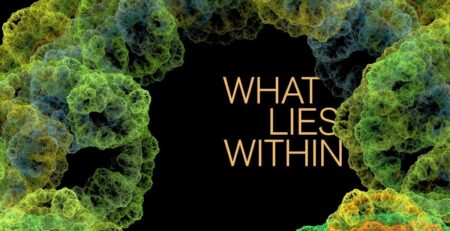
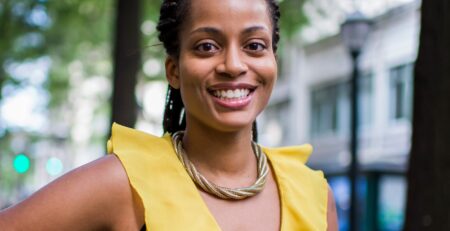
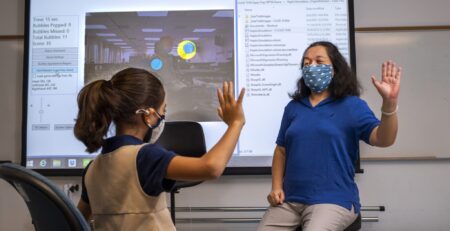
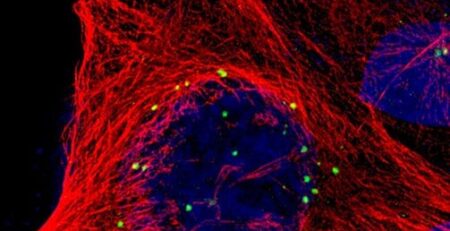

Leave a Reply